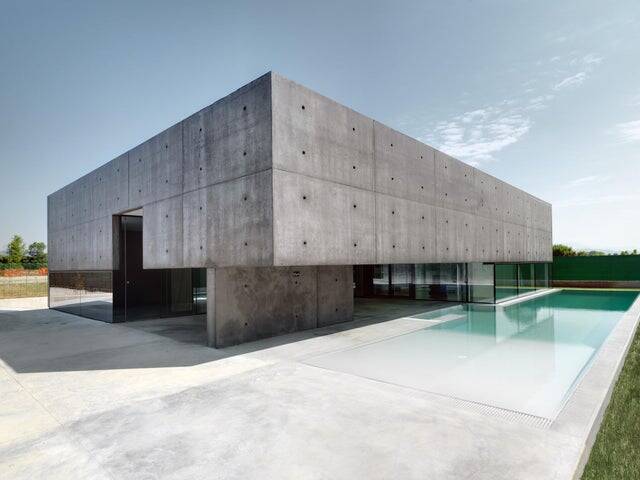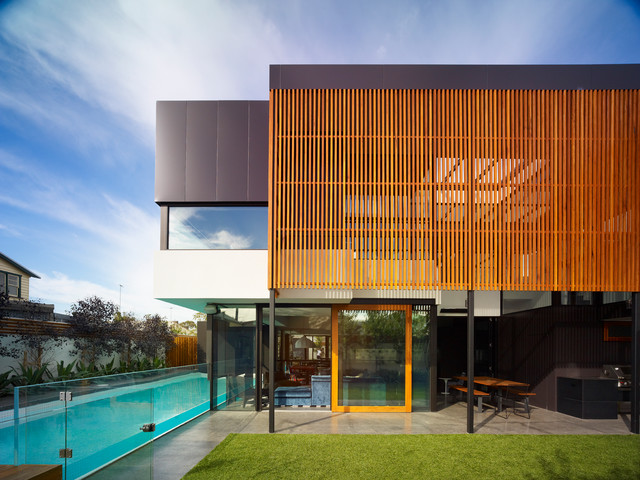The field of architecture has been at the forefront of human civilization, shaping the way we live, work, and interact with our surroundings. From ancient structures like the Pyramids of Giza to modern marvels like the Burj Khalifa, architecture has evolved tremendously, owing much of its progress to advancements in technology. This blog post explores the pivotal role technology plays in the realm of architecture, revolutionizing design, construction, and sustainability.
Digital Design and Visualization
One of the most significant impacts of technology on architecture is the transition from hand-drawn sketches to digital design and visualization tools. Computer-Aided Design (CAD) software enables architects to create detailed 2D and 3D models of their designs, streamlining the design process and facilitating better communication with clients and stakeholders. With virtual reality (VR) and augmented reality (AR) technologies, architects can now walk through their projects virtually, gaining valuable insights into the spatial experience before construction even begins.
Building Information Modeling (BIM)
Building Information Modeling (BIM) is a game-changer in architecture, facilitating collaboration between various disciplines involved in the construction process. BIM allows architects, engineers, contractors, and stakeholders to work on a shared digital platform, integrating design, construction, and operation data. This fosters seamless communication, reduces errors, and ensures more efficient project management. Additionally, BIM aids in sustainable design by simulating building performance and energy consumption, leading to more eco-friendly structures.
Parametric Design and Generative Algorithms
Parametric design and generative algorithms are empowering architects to create complex and innovative structures. These cutting-edge tools enable the manipulation of design elements by defining parameters and rules. By incorporating data-driven design principles, architects can explore thousands of design variations quickly, optimizing for aesthetics, structural integrity, and environmental performance. This approach has given rise to iconic buildings characterized by their organic shapes and unique geometries.
Sustainable and Green Architecture
As societies embrace sustainability and environmental consciousness, architecture has responded by integrating green practices into the design process. Technology plays a vital role in this transformation, providing tools for architects to assess the environmental impact of their designs, optimize energy efficiency, and integrate renewable energy sources. From passive design strategies that harness natural light and ventilation to the implementation of smart building systems, technology has become an essential enabler of eco-friendly architecture.
3D Printing and Prefabrication
In recent years, 3D printing and prefabrication technologies have revolutionized the construction industry. Architects can now design intricate building components and even entire structures that can be 3D printed off-site. This approach reduces construction waste, shortens project timelines, and allows for greater precision in building execution. Additionally, prefabrication enables architects to bring innovative designs to life more efficiently and cost-effectively.

Smart Cities and the Internet of Things (IoT)
As urbanization continues to surge, the concept of smart cities has emerged as a solution to address various challenges. The Internet of Things (IoT) plays a crucial role in creating intelligent urban environments. With the integration of IoT sensors, buildings can become responsive and adaptable, optimizing energy usage and enhancing occupants’ comfort. Technology enables architects to design interconnected spaces that promote sustainable living, efficient transportation, and enhanced urban experiences. If you found this article interesting about the role of technology in architecture, it is very likely you will enjoy further reading at BibleKeeper.com.
Adaptive Reuse and Historic Preservation
Preserving historical buildings and revitalizing old structures is a significant concern in architecture. Technology has been instrumental in adaptive reuse projects by offering advanced scanning and 3D modeling tools that aid in documenting existing buildings accurately. This data helps architects reimagine the spaces while maintaining their historical integrity. Technology allows for a delicate balance between preserving heritage and meeting the needs of modern-day inhabitants.
Conclusion
The symbiotic relationship between technology and architecture has transformed the industry, empowering architects to dream bigger, design smarter, and build more sustainably. From digital design and BIM to 3D printing and smart city concepts, technology has elevated architecture to new heights. As technology continues to advance, it will undoubtedly shape the future of architecture, paving the way for innovative, sustainable, and inspiring structures that enrich the lives of people around the world.


